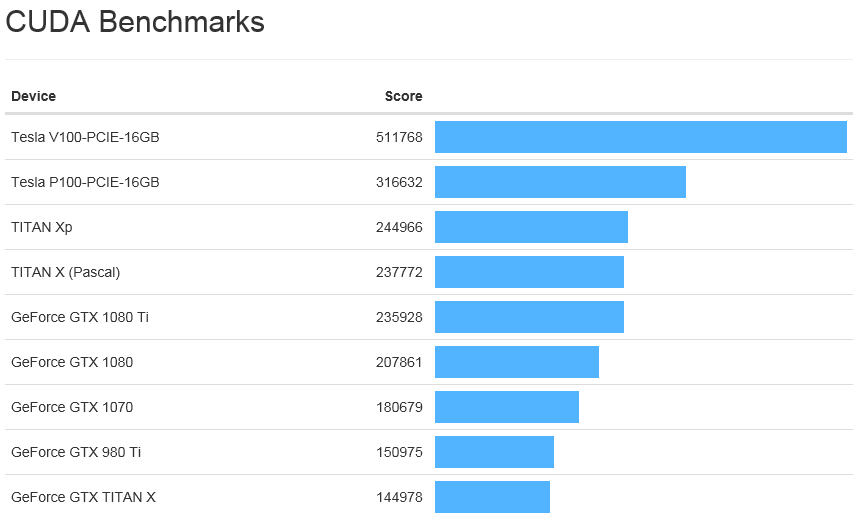- Joined
- Aug 20, 2006
- Messages
- 13,000
A redditor has assembled a collection of links to some early, unofficial benchmarks of the TITAN V, and they suggest that it’s a pretty impressive card. Owners should be able to overclock its memory out of the box, as the results appear to have a 110 to 130 MHz higher clock than the listed frequency.
![[H]ard|Forum](/styles/hardforum/xenforo/logo_dark.png)


